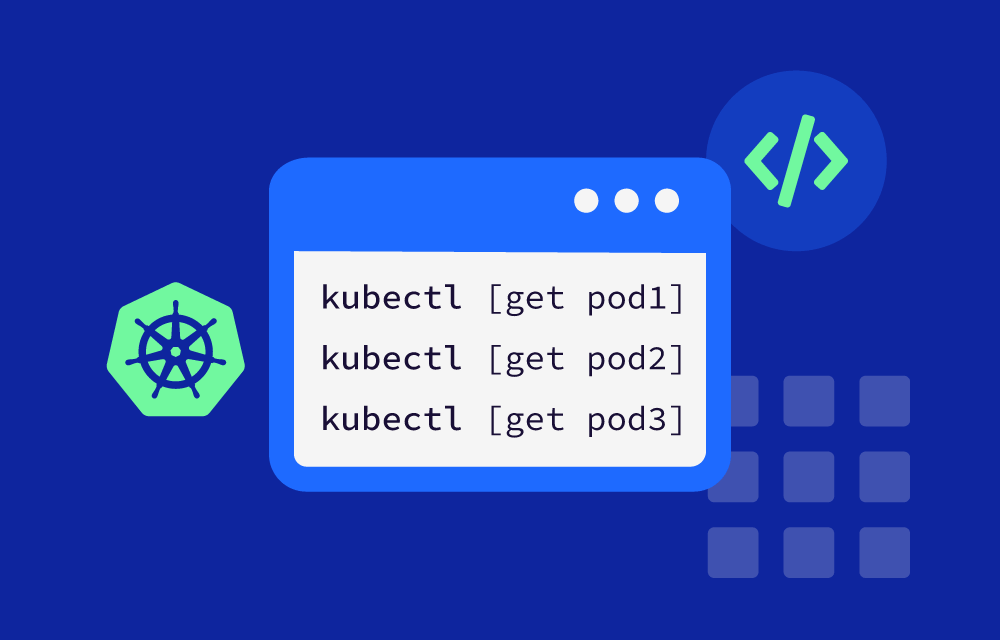What Does kubectl Do?
This command allows you to perform a wide range of tasks in Kubernetes, including but not limited to:
Deploying and Managing Applications:
kubectl lets you create, update, and delete Kubernetes objects like pods, deployments, and services. For example, you can deploy an application using a YAML configuration file that defines the app’s specifications.
kubectl apply -f my-app.yaml
Inspecting Resources:
You can view the state and configuration of various Kubernetes resources, including pods, nodes, services, and namespaces.
kubectl get pods
Debugging and Troubleshooting:
The command offers several commands for diagnosing issues in the cluster. You can check logs, view resource configurations, and even connect to running containers for deeper troubleshooting.
kubectl logs my-pod kubectl exec -it my-pod -- /bin/bash
Scaling and Updating Deployments:
It allows you can scale applications up or down by adjusting the number of replicas and update configurations or images on the fly.
kubectl scale deployment my-app --replicas=5
kubectl set image deployment/my-app my-app=nginx:1.18
Accessing Cluster Information:
kubectl provides details about the Kubernetes cluster itself, including nodes, namespaces, and component health.
kubectl cluster-info
Key Concepts in kubectl
- Resource Types: Kubernetes resources (e.g., pods, deployments, services) are what you interact with using kubectl commands.
- YAML Files: Most commands can be used with YAML configuration files, which define resources declaratively.
- Namespace Management: Allows you to operate within specific namespaces to logically separate resources within the same cluster.
How kubectl Works
kubectl communicates with the Kubernetes API server, which manages the cluster’s state and resources. When you run a command, it translates that command into an API request sent to the server. The API server then processes the request, performs the desired actions, and updates the cluster’s state accordingly.
Example Commands
Commonly used kubectl commands:
View all pods in the cluster:
kubectl get pods --all-namespaces
Describe a specific pod:
kubectl describe pod my-pod
Delete a resource:
kubectl delete pod my-pod
Forward a local port to a pod for debugging:
kubectl port-forward pod/my-pod 8080:80
References and Further Reading
Kubernetes in Action – Marko Lukša
A comprehensive book covering Kubernetes architecture, deployment strategies, and command usage, with practical examples for common Kubernetes tasks.
Kubernetes Official Documentation
This official guide provides a comprehensive overview of kubectl, including command syntax, options, and usage examples. Ideal for both beginners and advanced users.
kubectl Cheat Sheet
A quick reference for commonly used commands. This cheat sheet is a handy resource for everyday Kubernetes tasks.
Managing Resources with kubectl
This article series on the Kubernetes blog explains best practices for managing cluster resources and applications with kubectl, including examples and real-world scenarios.
Kubernetes Up & Running – Kelsey Hightower, Brendan Burns, Joe Beda
This book provides in-depth insights into Kubernetes fundamentals, including a thorough explanation of kubectl and its role in cluster management.



